Traffic-Management
Kubernetes Orchestration
In the journey of orchestrating services with Kubernetes, several components and configurations have been implemented to ensure seamless functionality within the cluster. Let’s delve into the key aspects of the Kubernetes setup.
Metrics Server Deployment
To enhance monitoring capabilities, the Metrics Server has been integrated into the Kubernetes cluster. This server facilitates the collection and retrieval of crucial metrics related to pods and nodes. The following components into the components.yaml contribute to this deployment:
- Service Account:
metrics-server-service-account.yaml - Cluster Roles:
metrics-server-cluster-roles.yaml - Role Binding:
metrics-server-role-binding.yaml - Service:
metrics-server-service.yaml - Deployment:
metrics-server-deployment.yaml
These files collectively establish the Metrics Server, granting it the necessary permissions to access metrics and ensuring its availability within the kube-system namespace.
Kubernetes Dashboard Admin User
For managing the Kubernetes Dashboard effectively, an admin user has been defined. The files dashboard-service-account.yaml and dashboard-cluster-role-binding.yaml create a service account and establish the necessary role bindings, enabling the admin-user service account to assume the cluster-admin role. This ensures privileged access to the Kubernetes Dashboard.
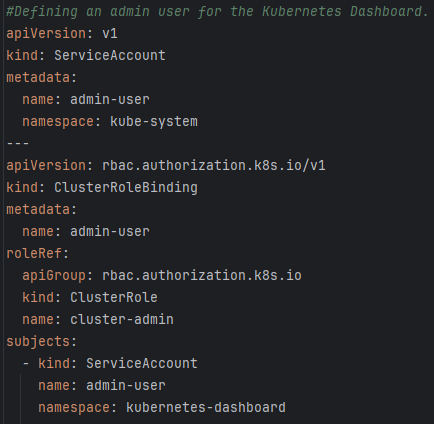
Intersection Agents Deployment
The deployment of intersection agents involves creating a Kubernetes Deployment and Service for the intersection-agents microservice. The following files are involved:
- Deployment:
intersection-agents-deployment.yaml - Service:
intersection-agents-service.yaml
These files deploy and expose the intersection-agents microservice within the Kubernetes cluster, paving the way for effective traffic management simulations.
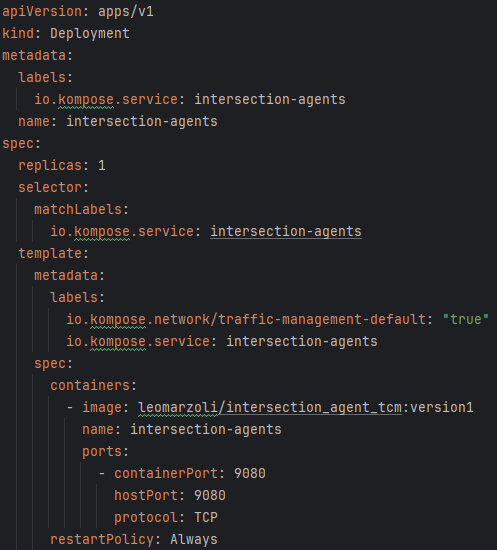
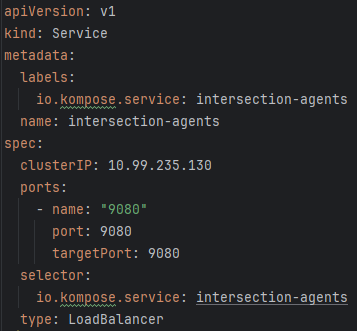
Spring Database Application Deployment
The Spring database application, a crucial component of the system, is orchestrated using Kubernetes. The files spring-db-app-deployment.yaml and spring-db-app-service.yaml manage the deployment and service aspects, ensuring seamless communication and accessibility.
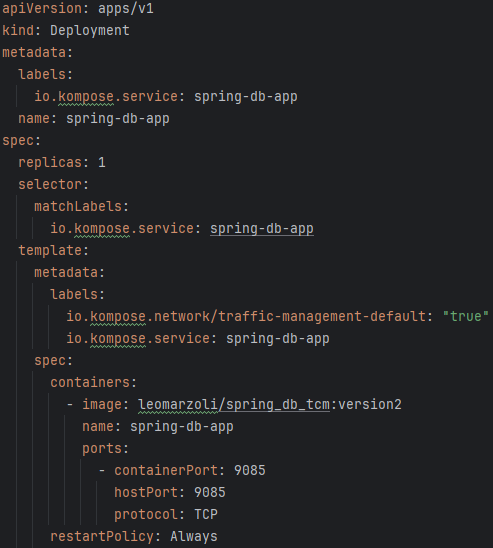
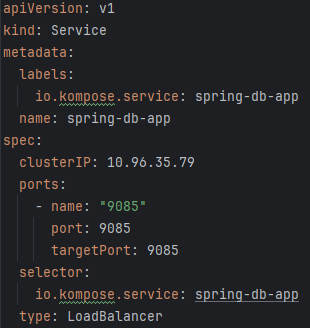
User Database Deployment
The User database, based on the SAP SPE, is deployed using Kubernetes resources. The files user-db-deployment.yaml and user-db-service.yaml govern the deployment and service configurations, facilitating user data management within the cluster.
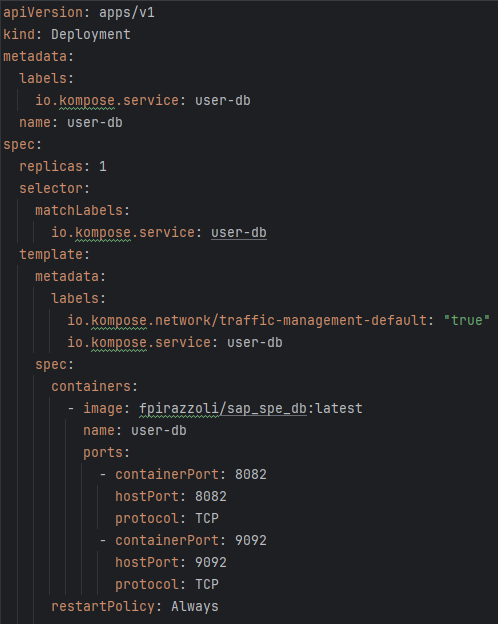
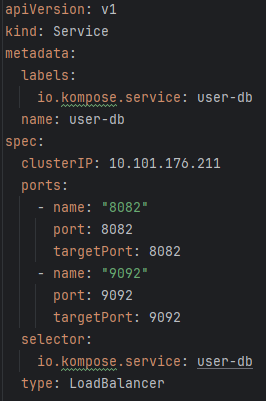
Vue Application Deployment
The frontend Vue.js application is deployed and exposed using Kubernetes resources. The files vue-app-deployment.yaml and vue-app-service.yaml dictate the deployment and service configurations, allowing users to interact with the system through the Vue.js application.


Cluster Overview
The orchestrated components form a cohesive Kubernetes cluster, ensuring the following functionality:
- Metrics Server: Monitors and collects metrics related to pods and nodes.
- Dashboard Admin User: Empowers administrative access to the Kubernetes Dashboard.
- Intersection Agents: Manages traffic simulations and interactions.
- Spring Database Application: Handles data storage and retrieval for the Spring application.
- User Database: Istanciate a database that can be used to store users’ info.
- Vue Application: Facilitates user interaction with the system through the Vue.js frontend.
This orchestrated Kubernetes environment provides a robust foundation for the Traffic Management System, encompassing monitoring, data storage, and user interaction seamlessly.